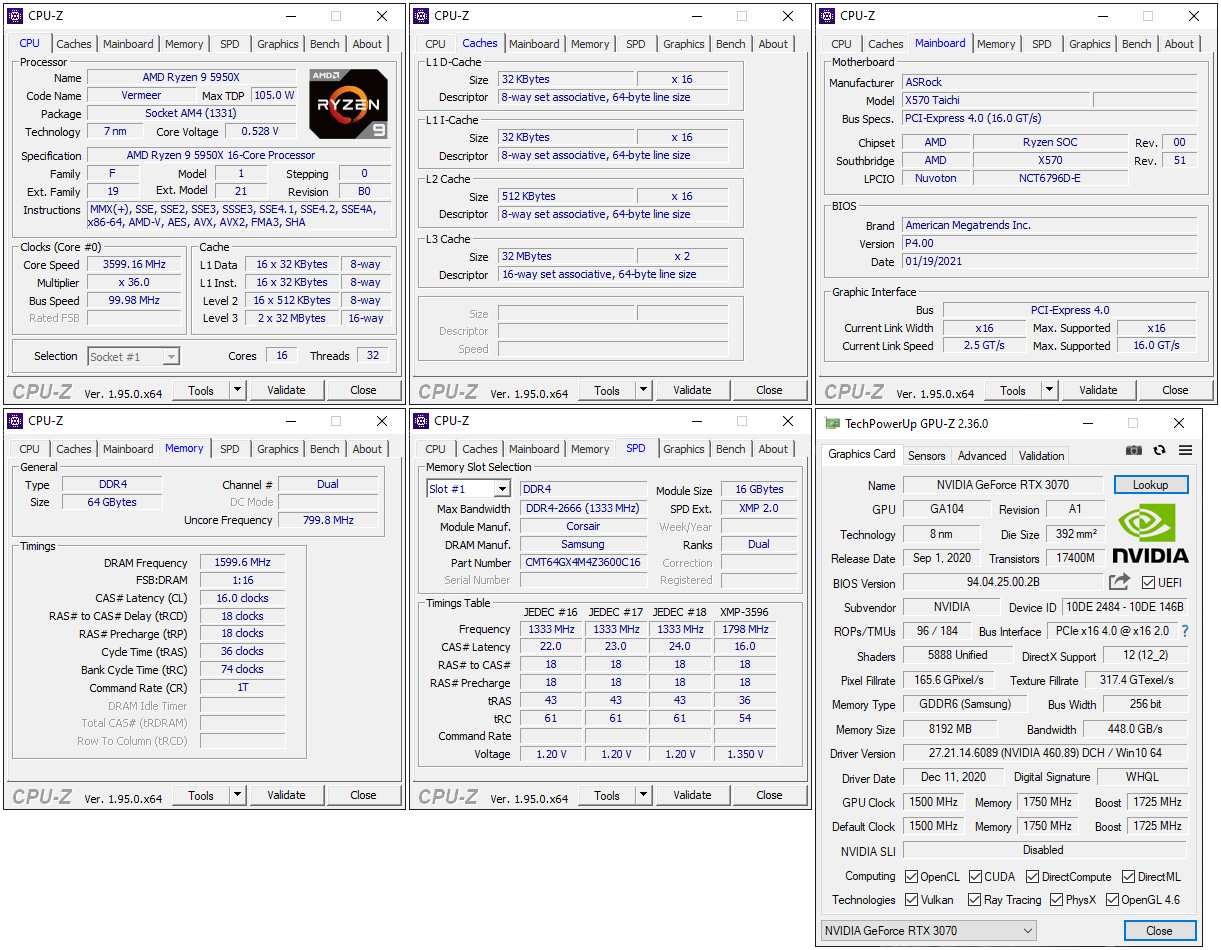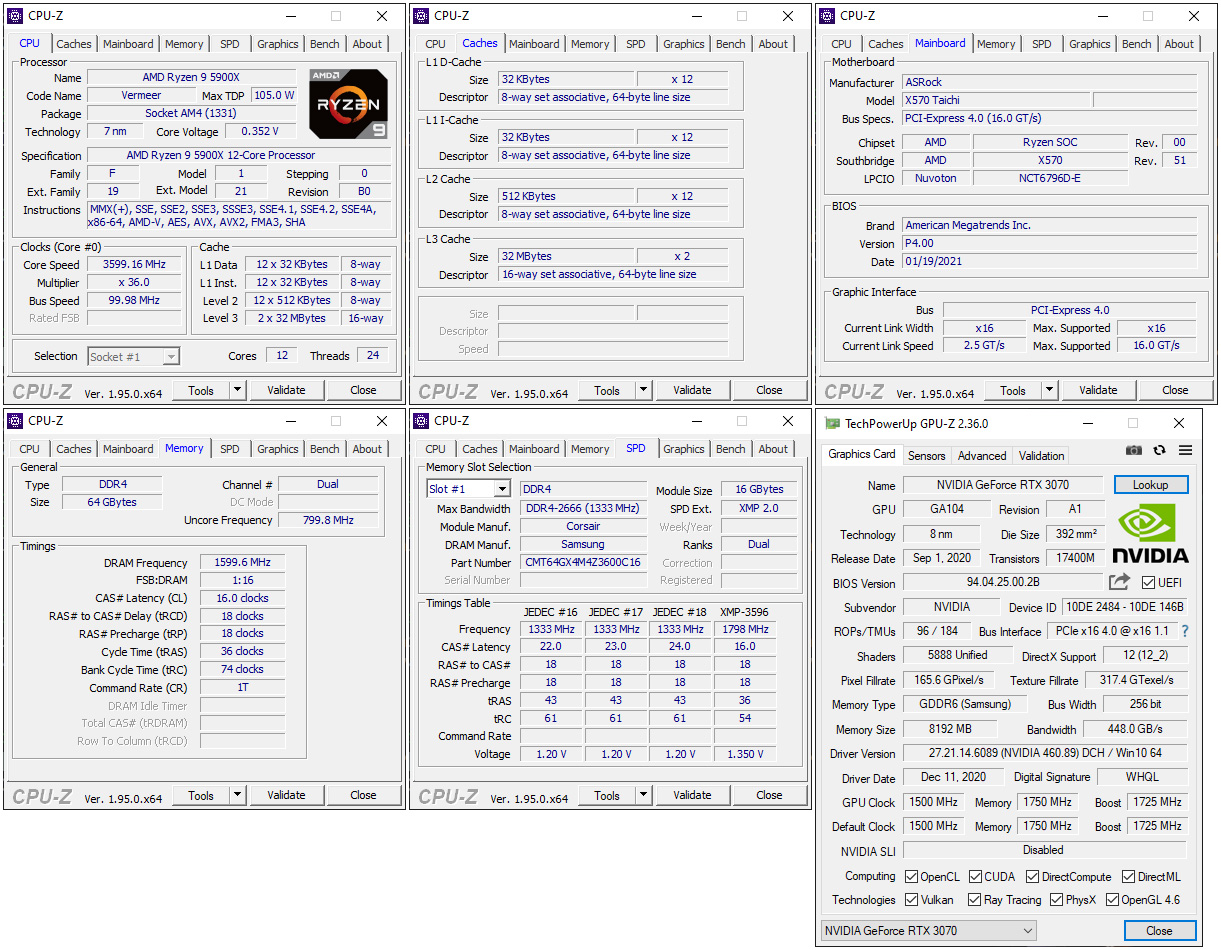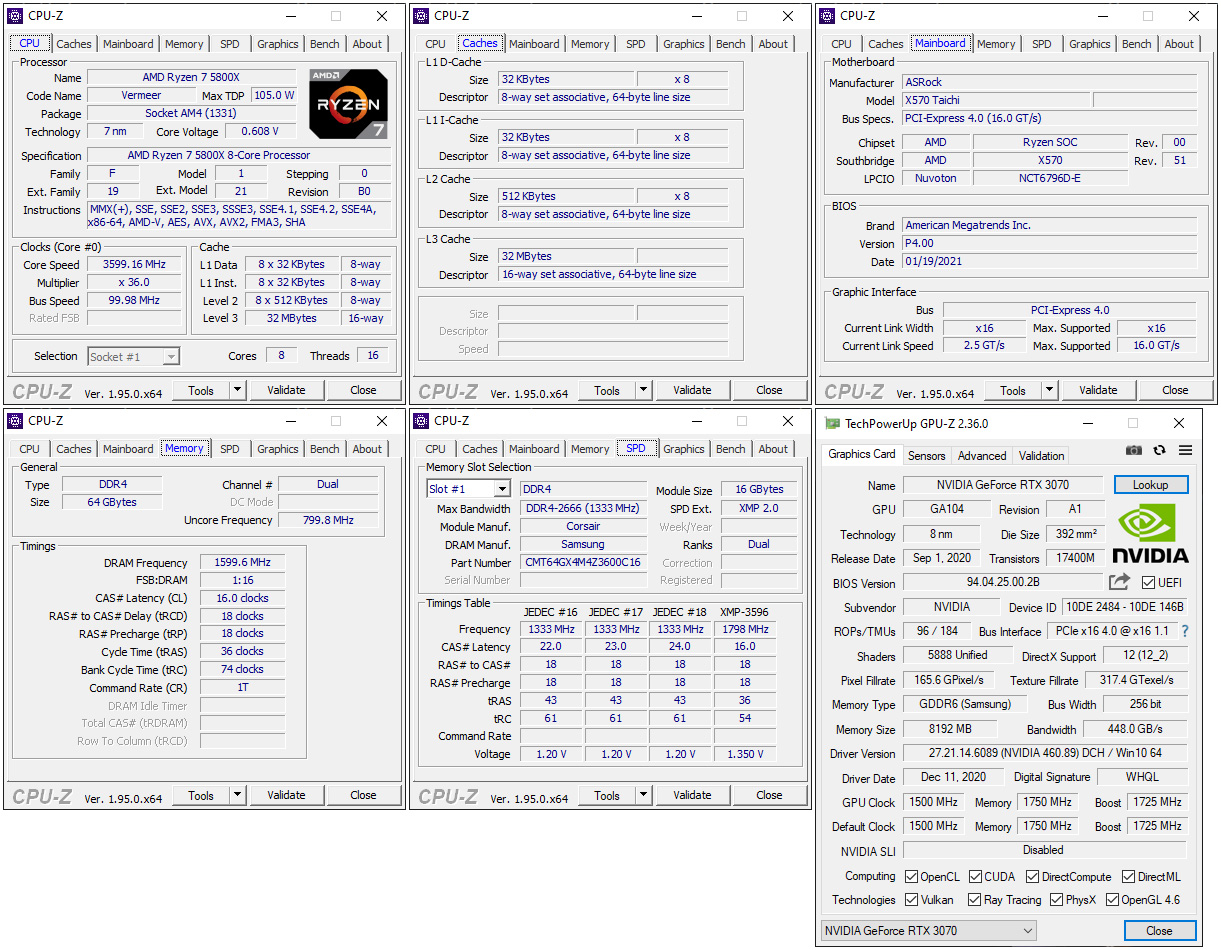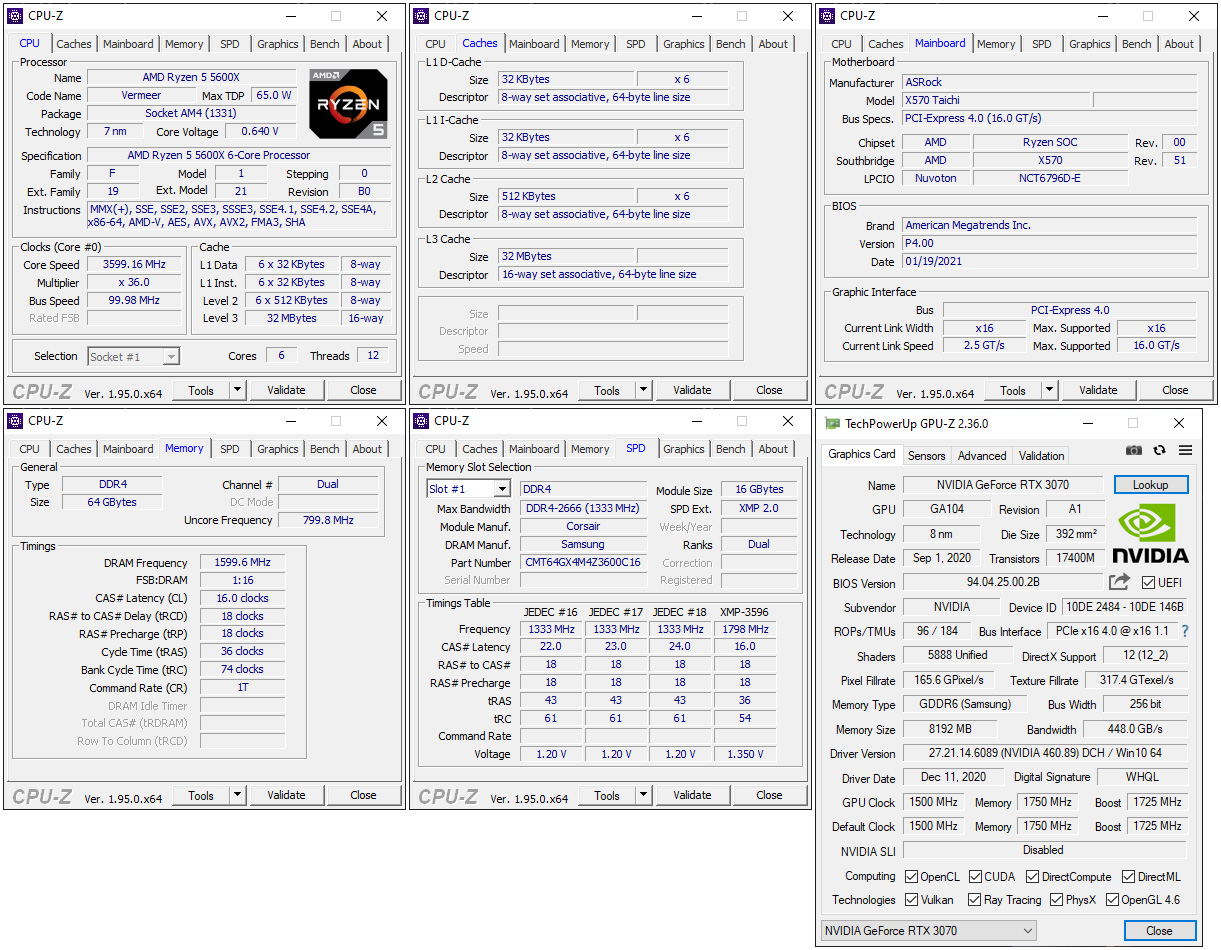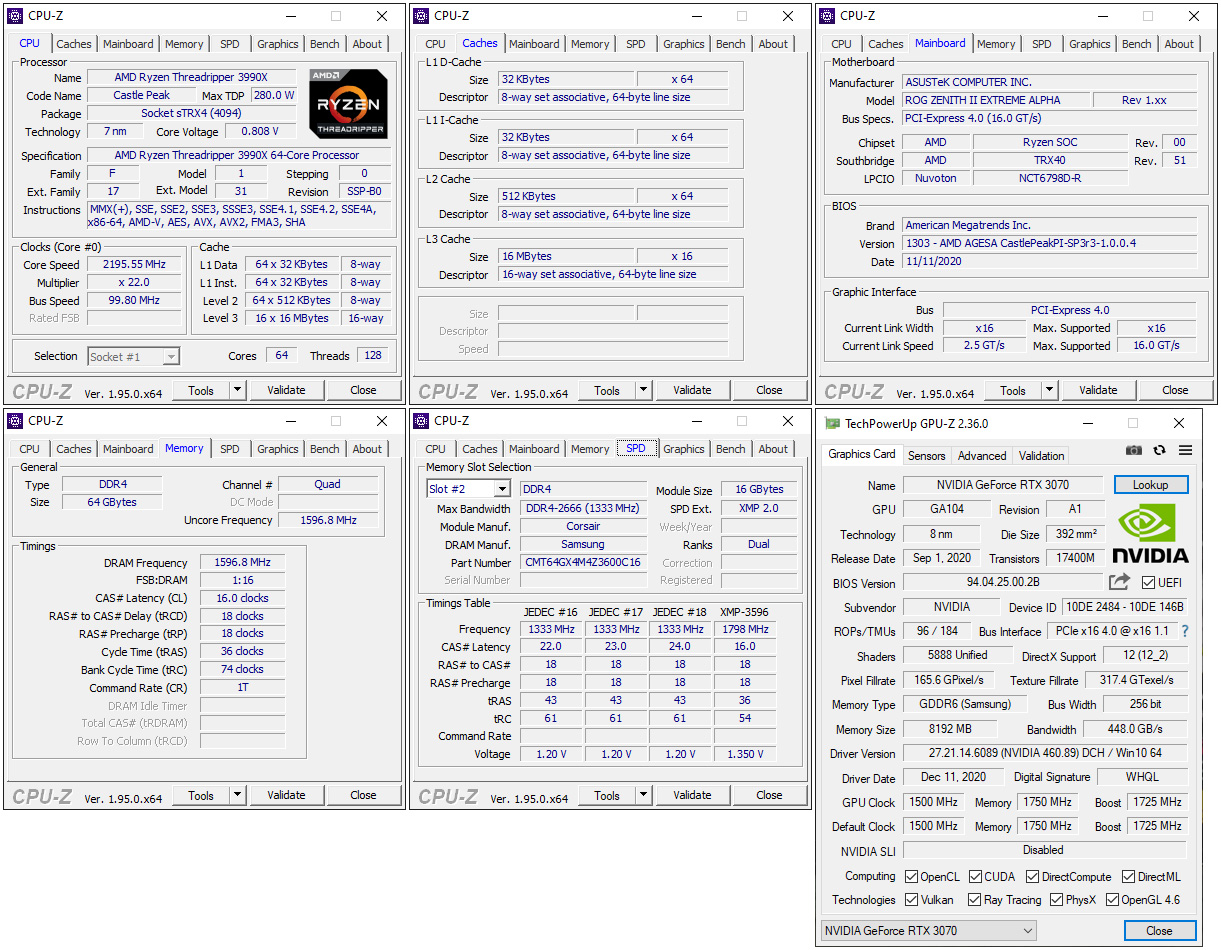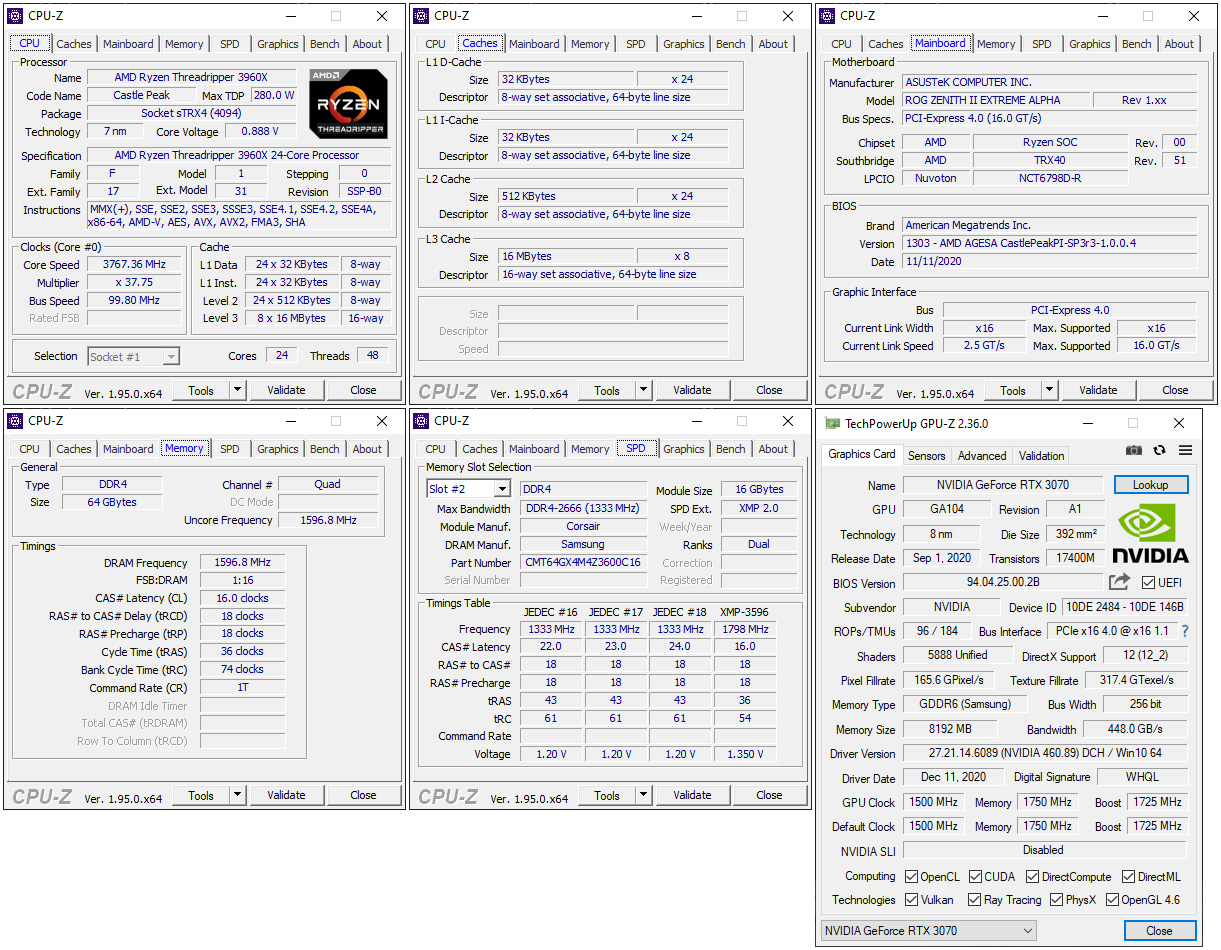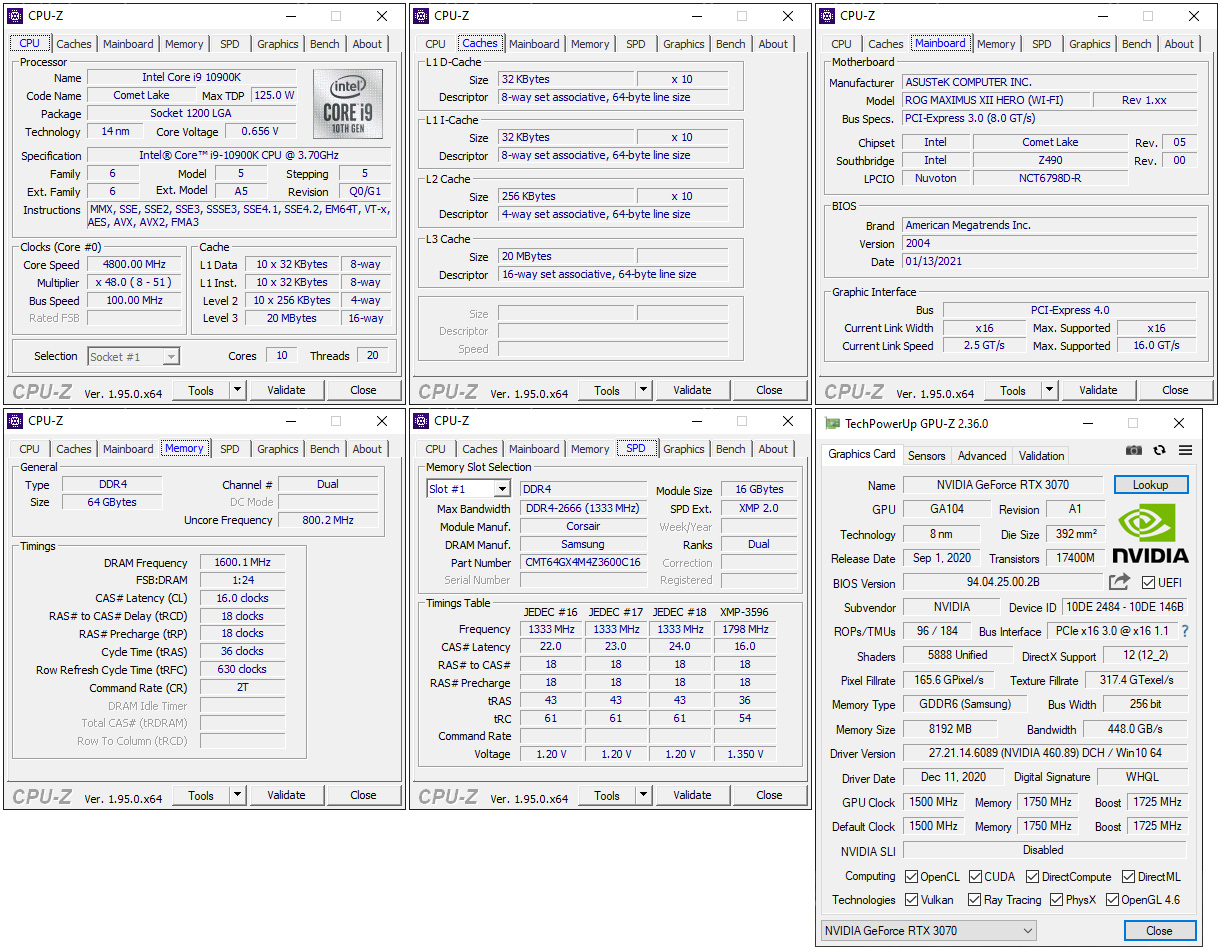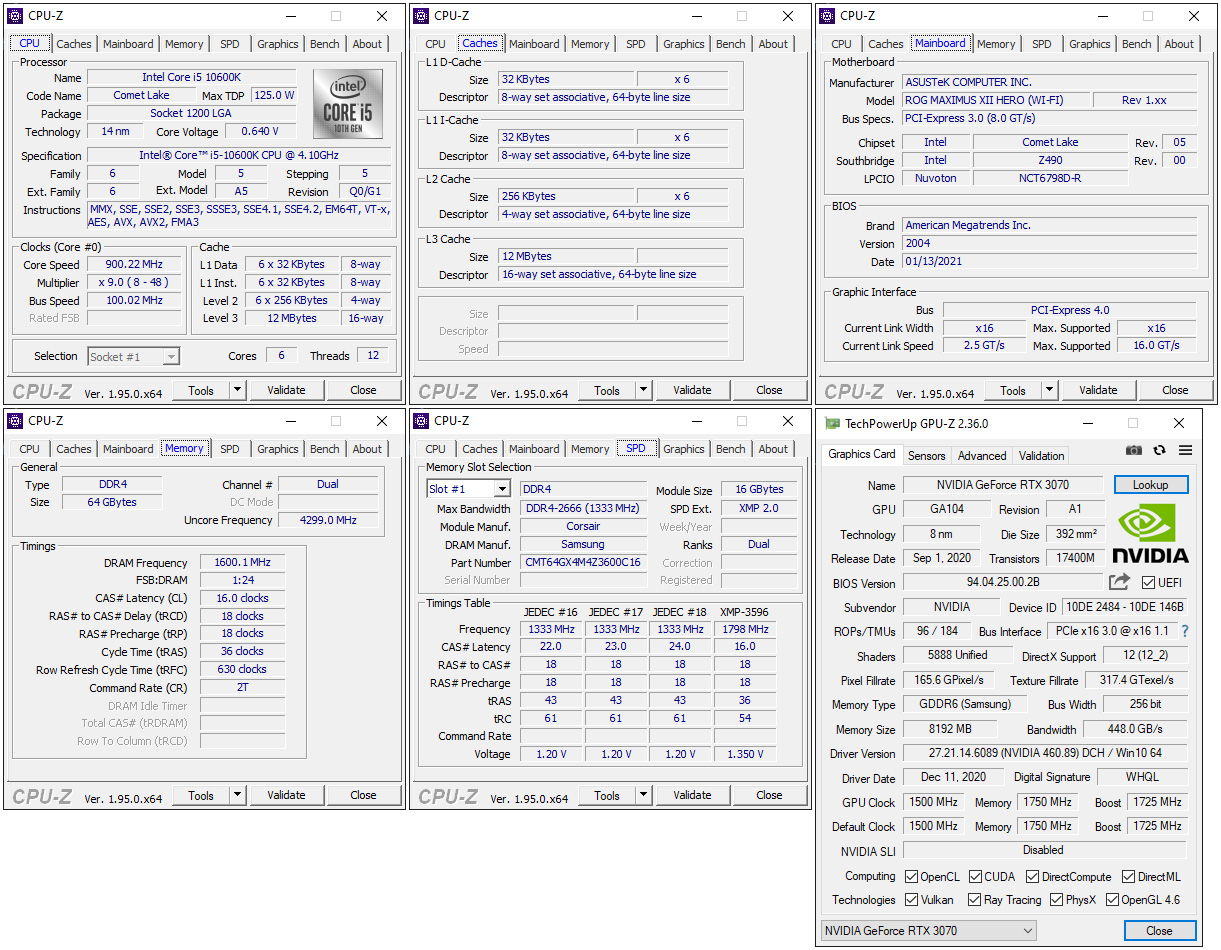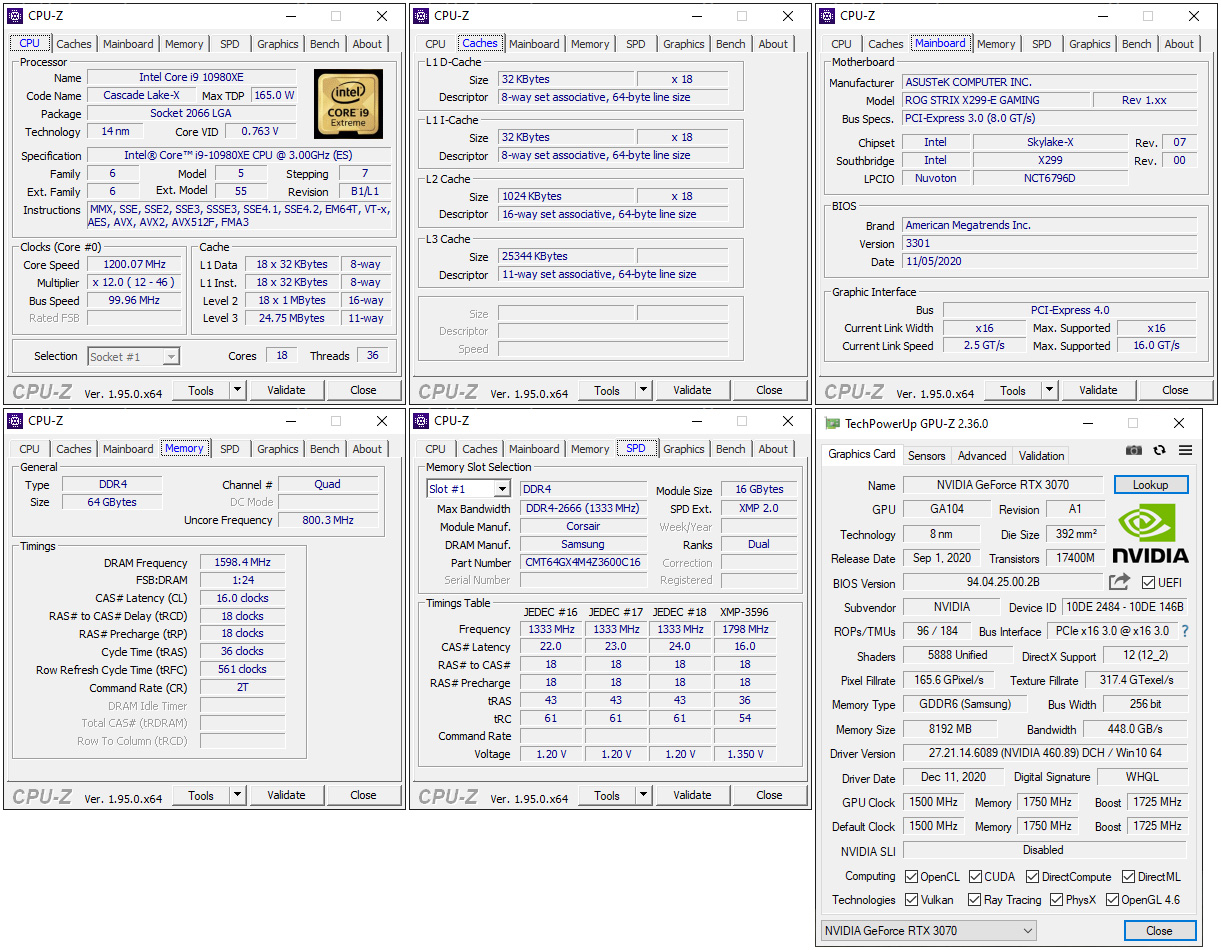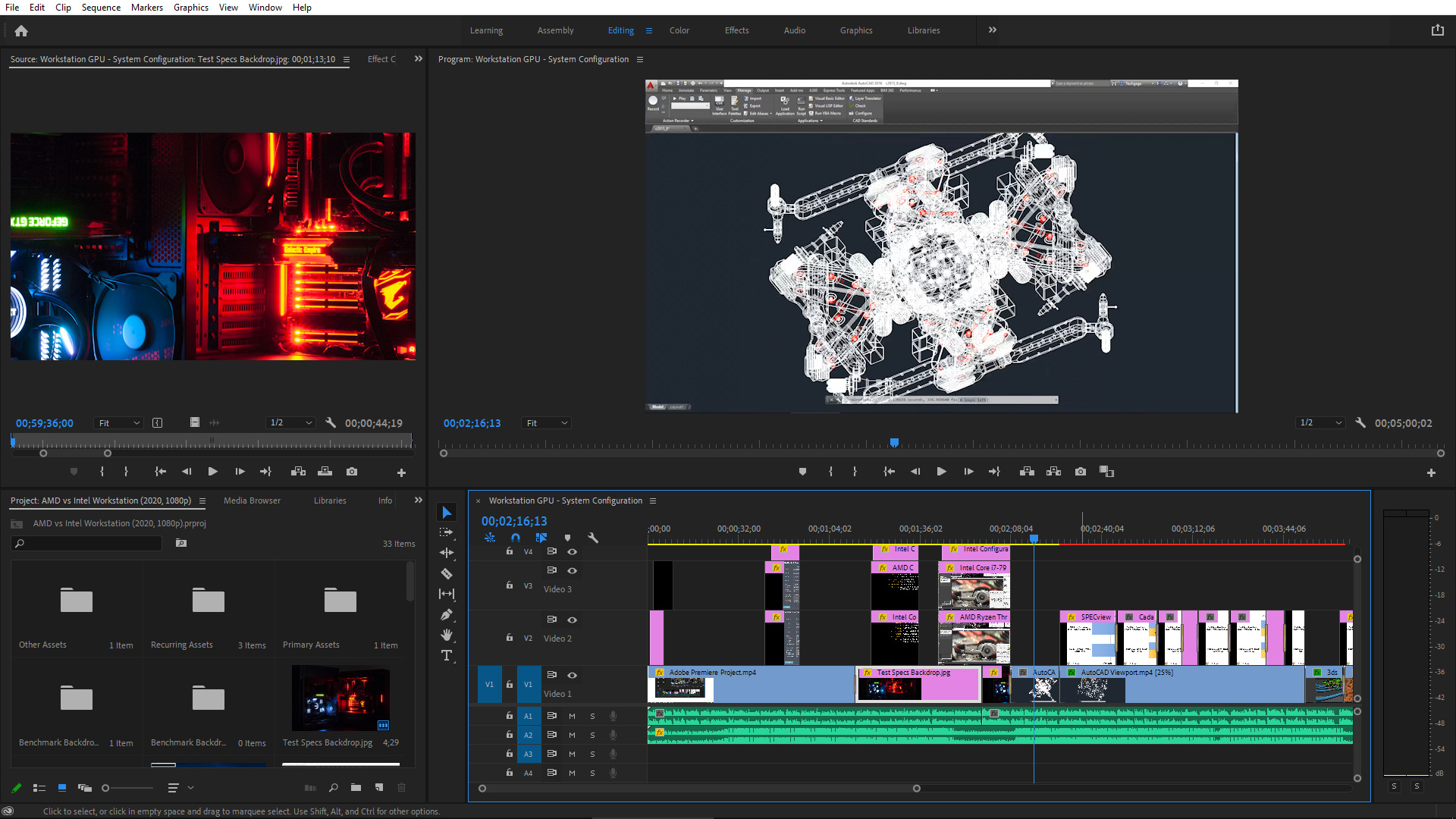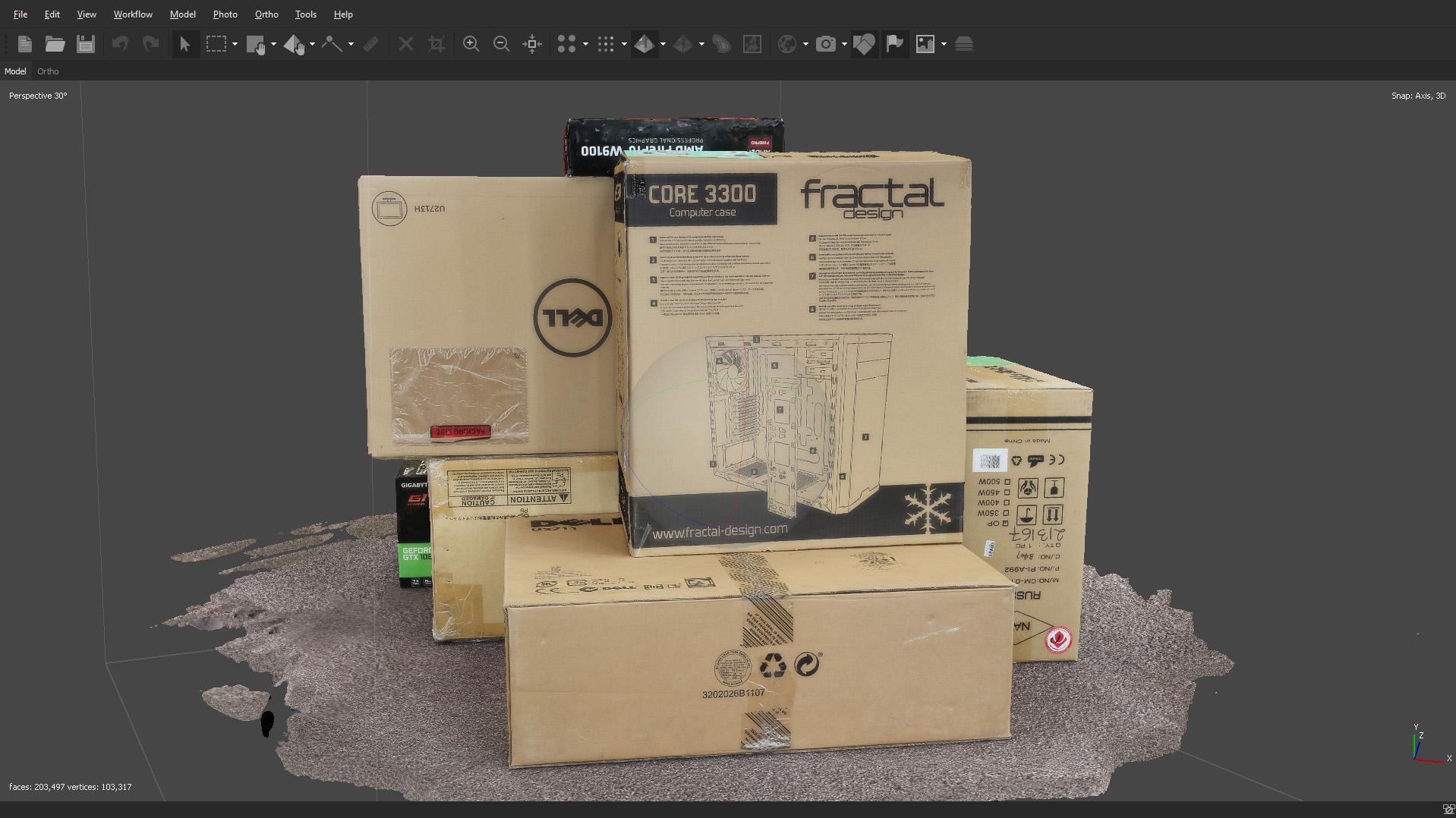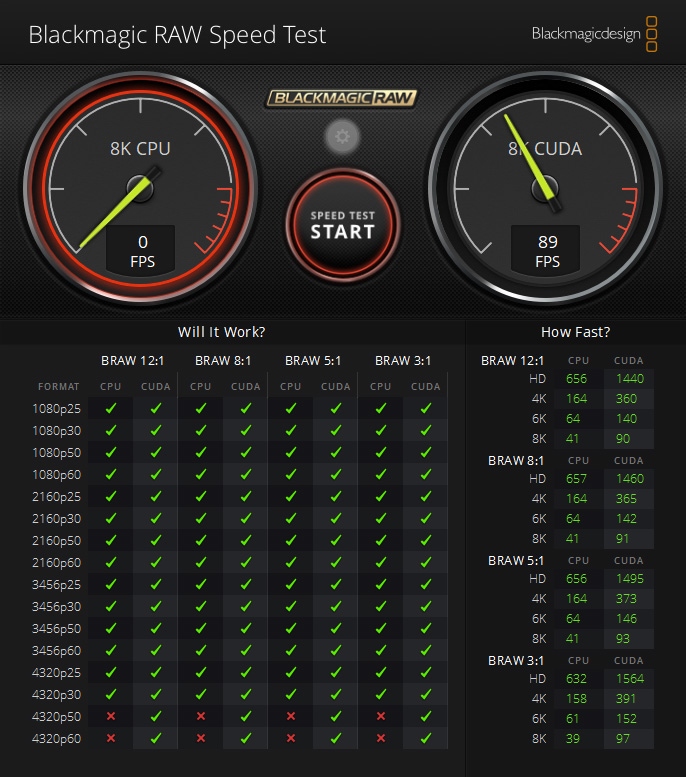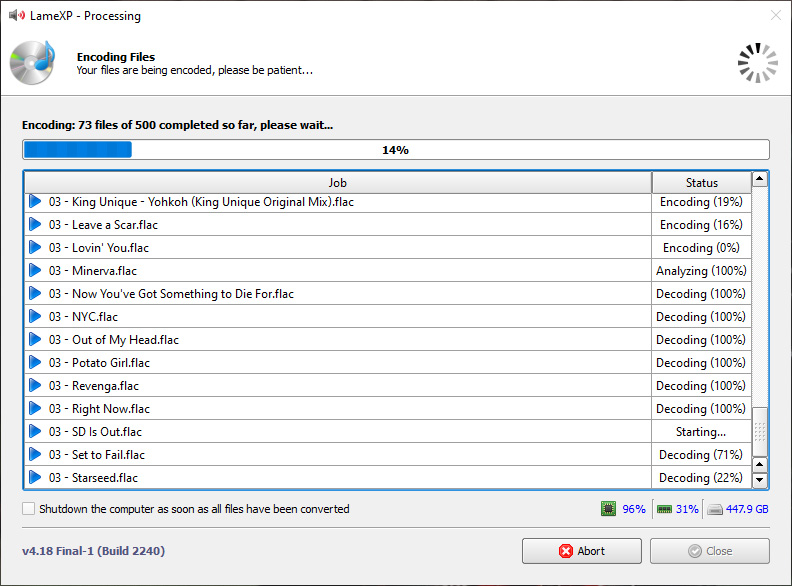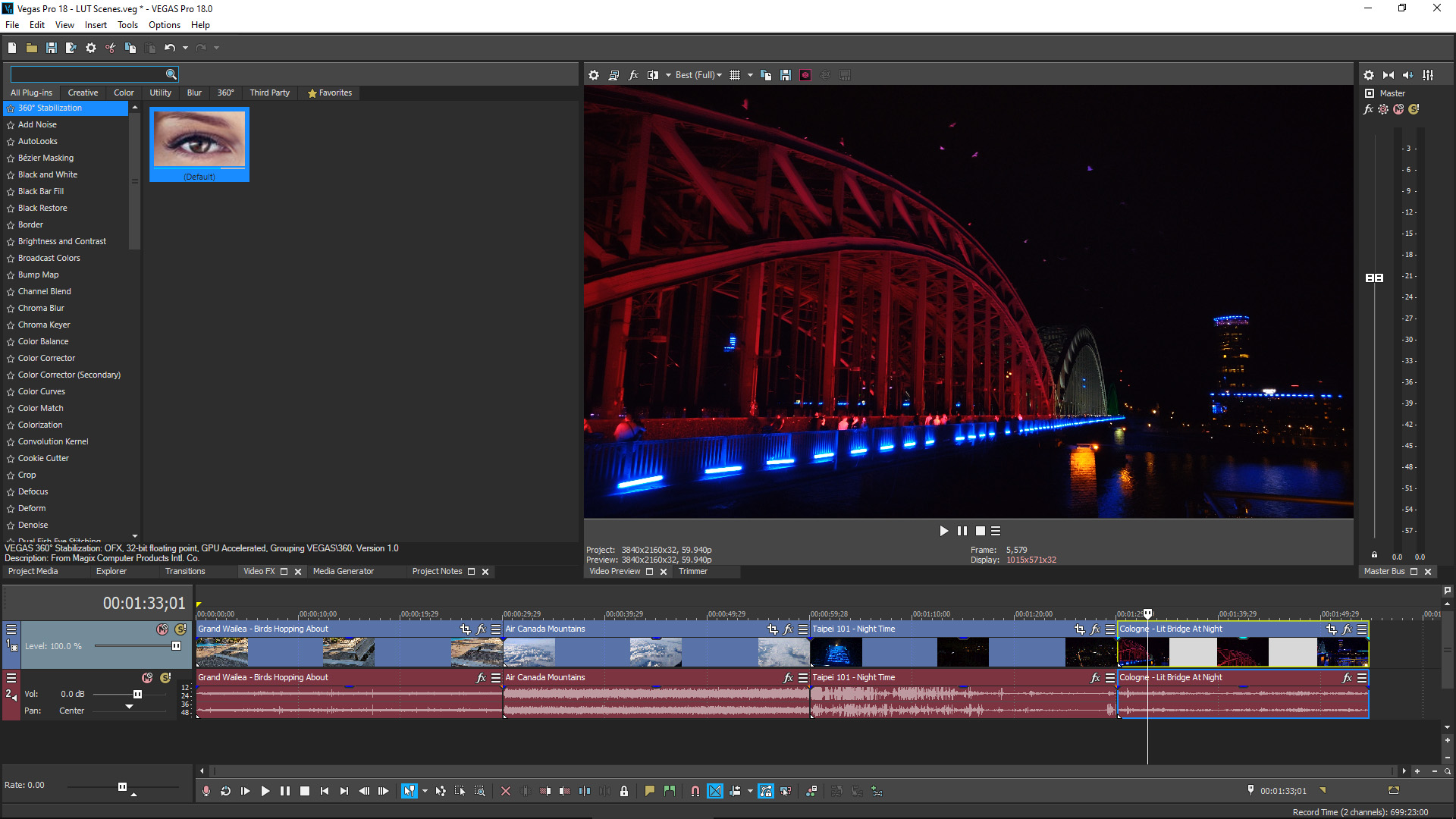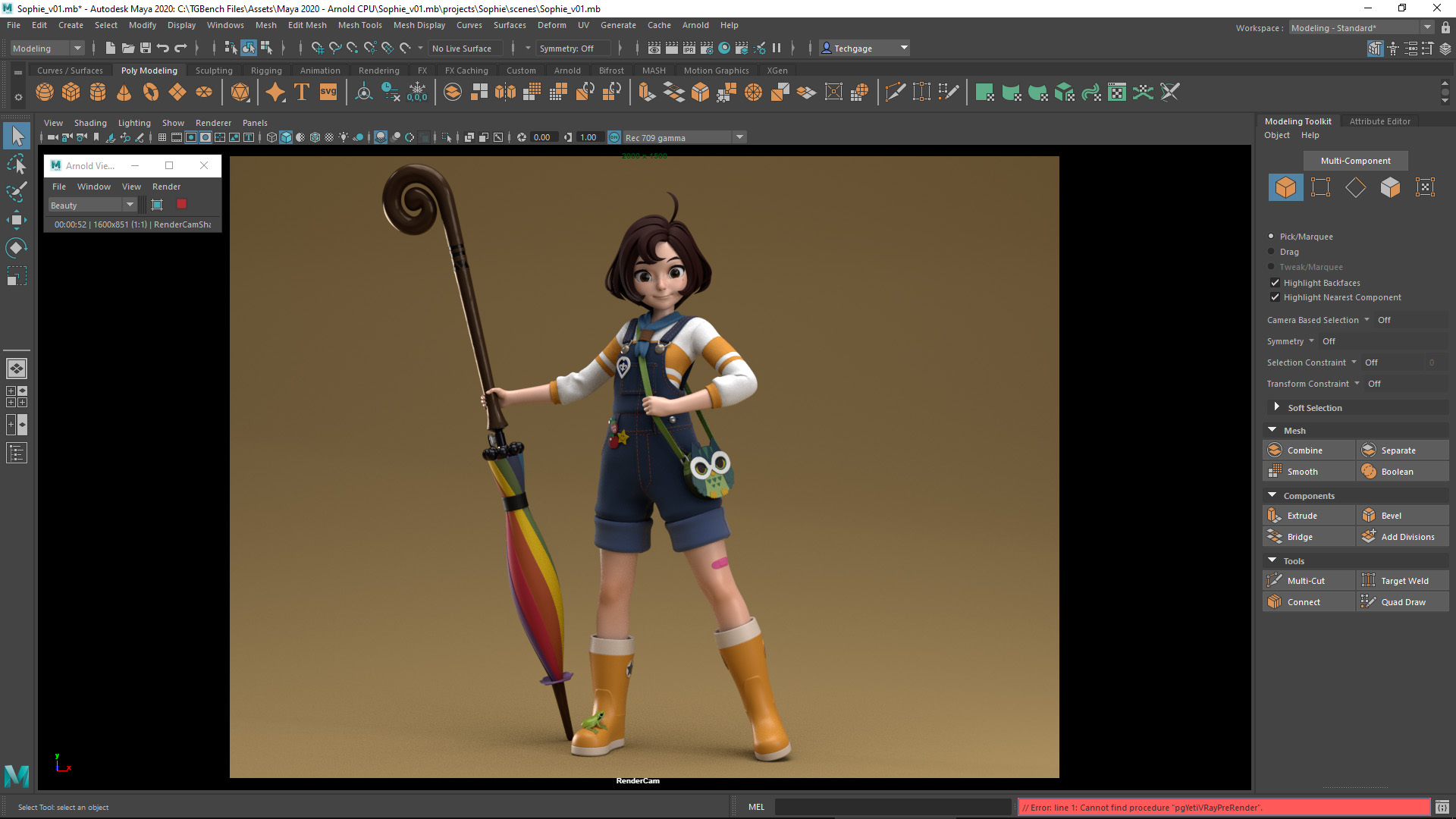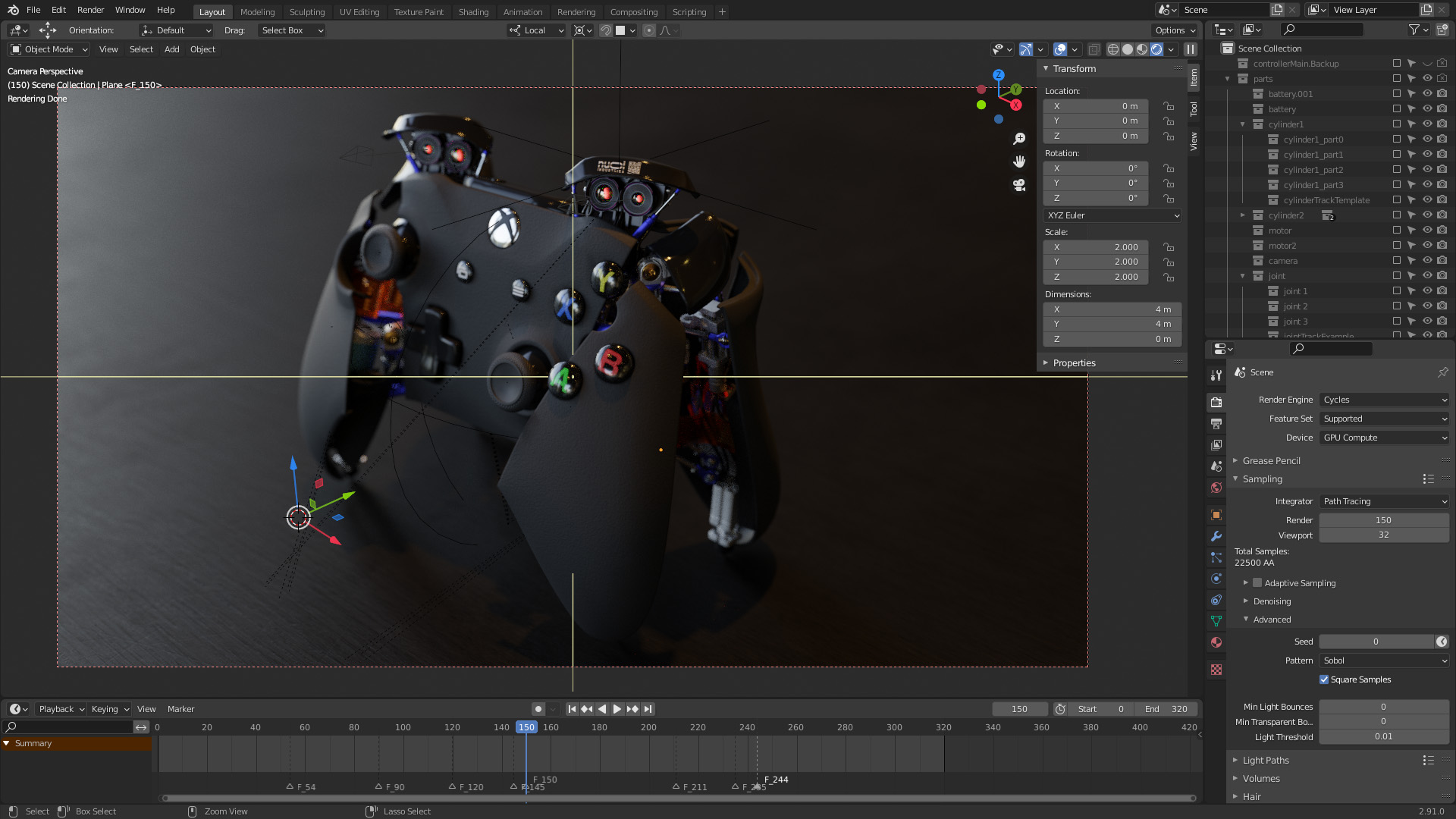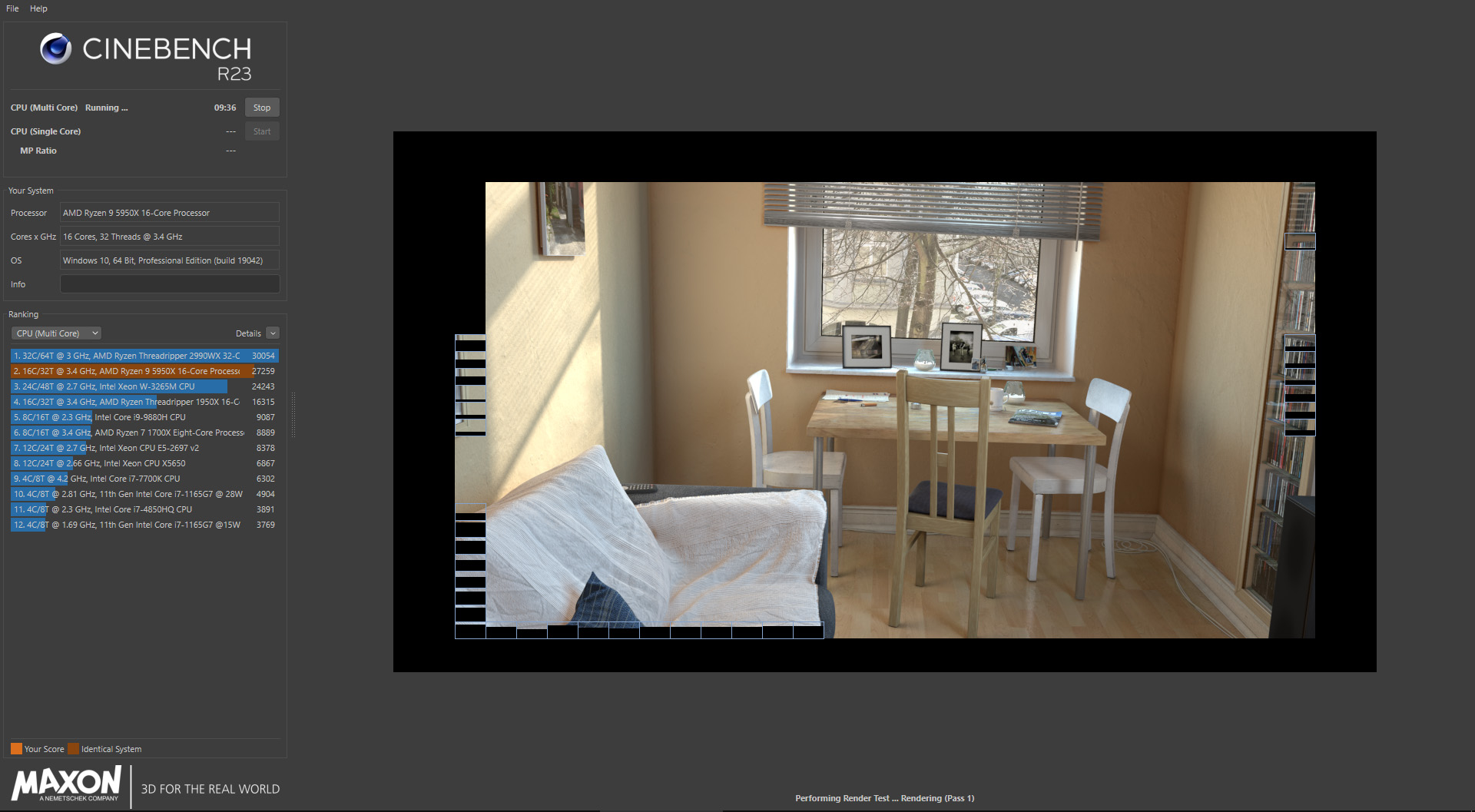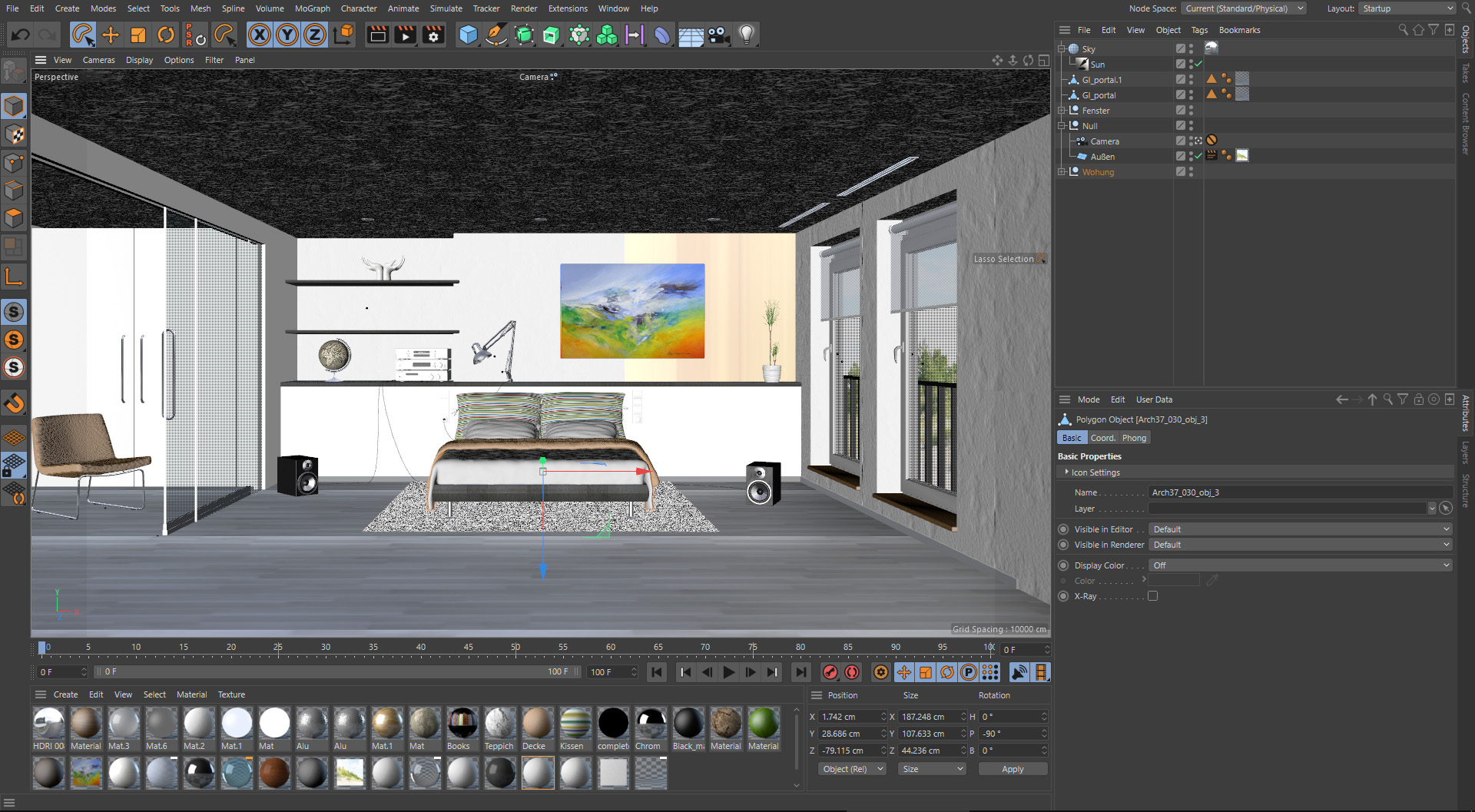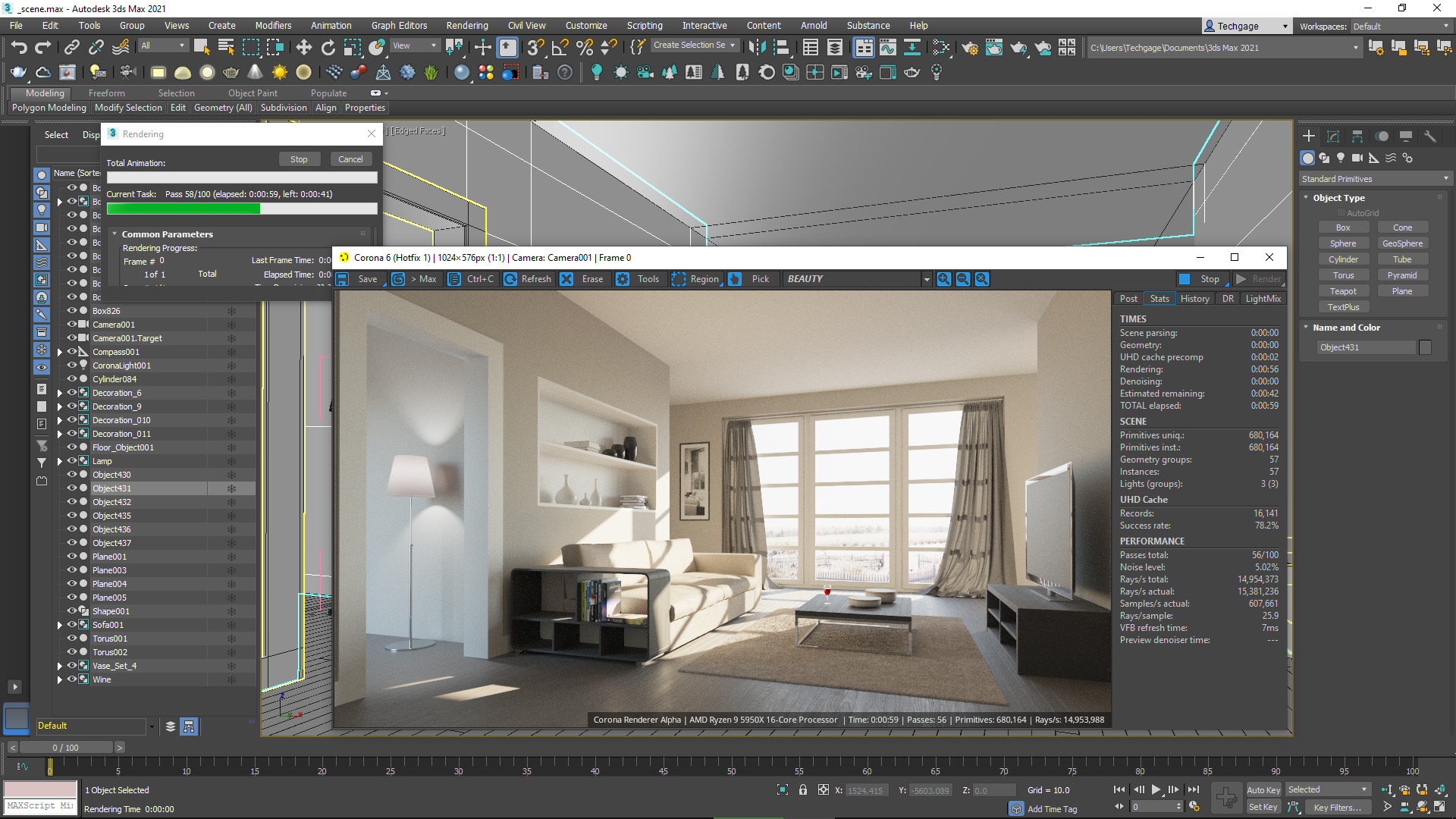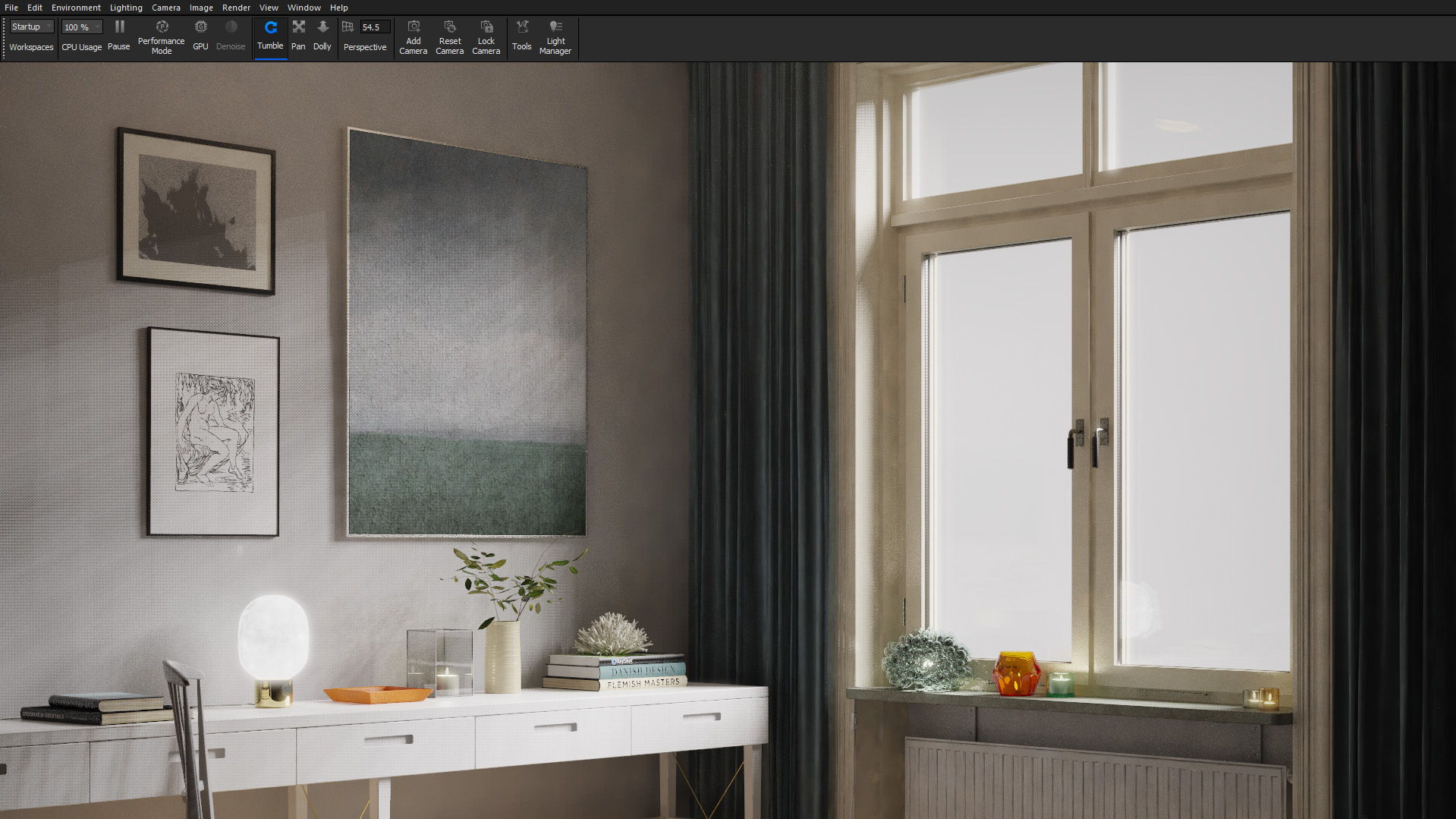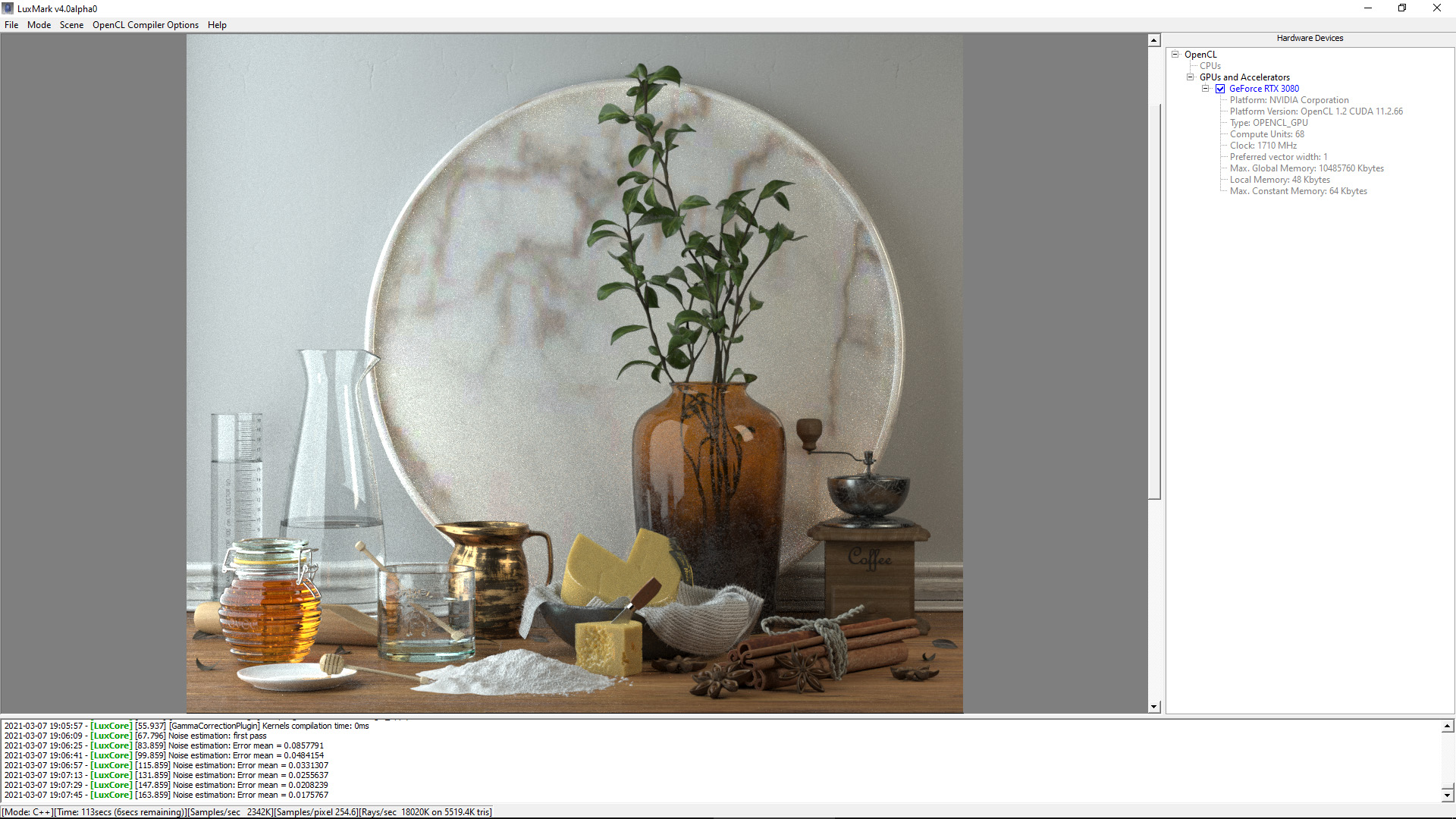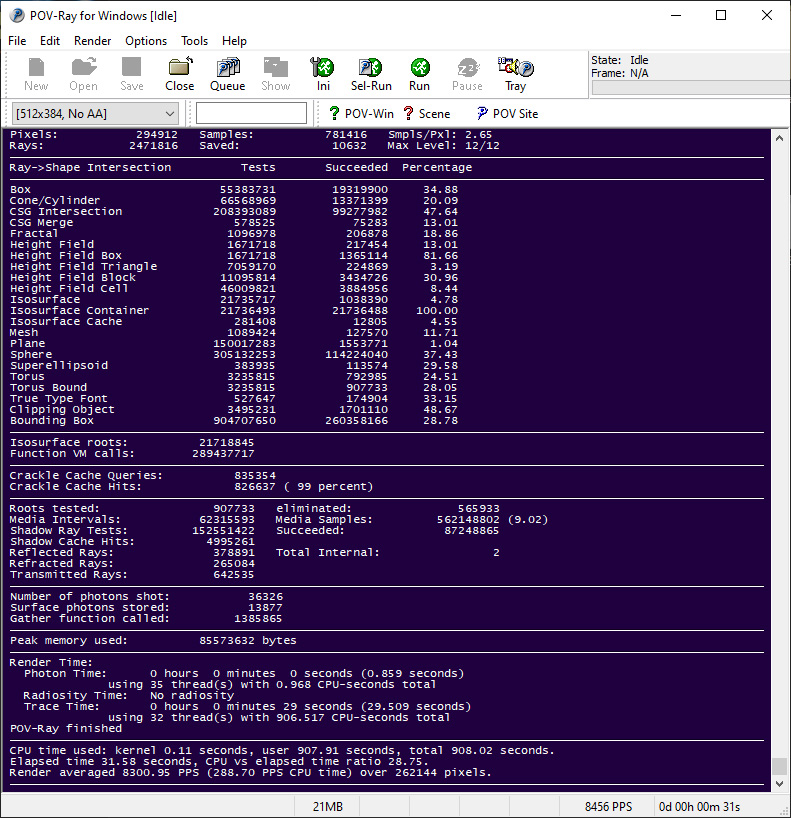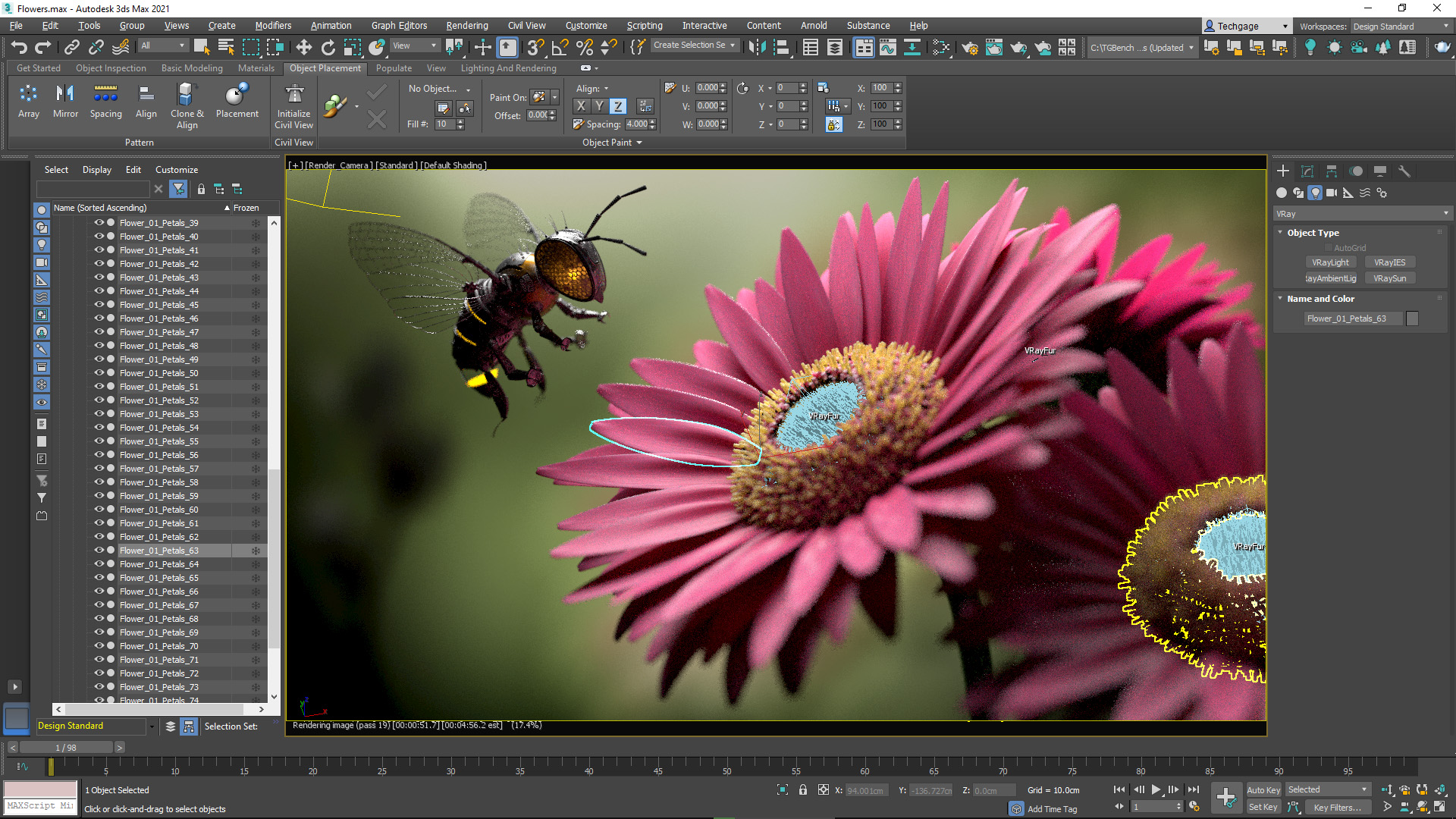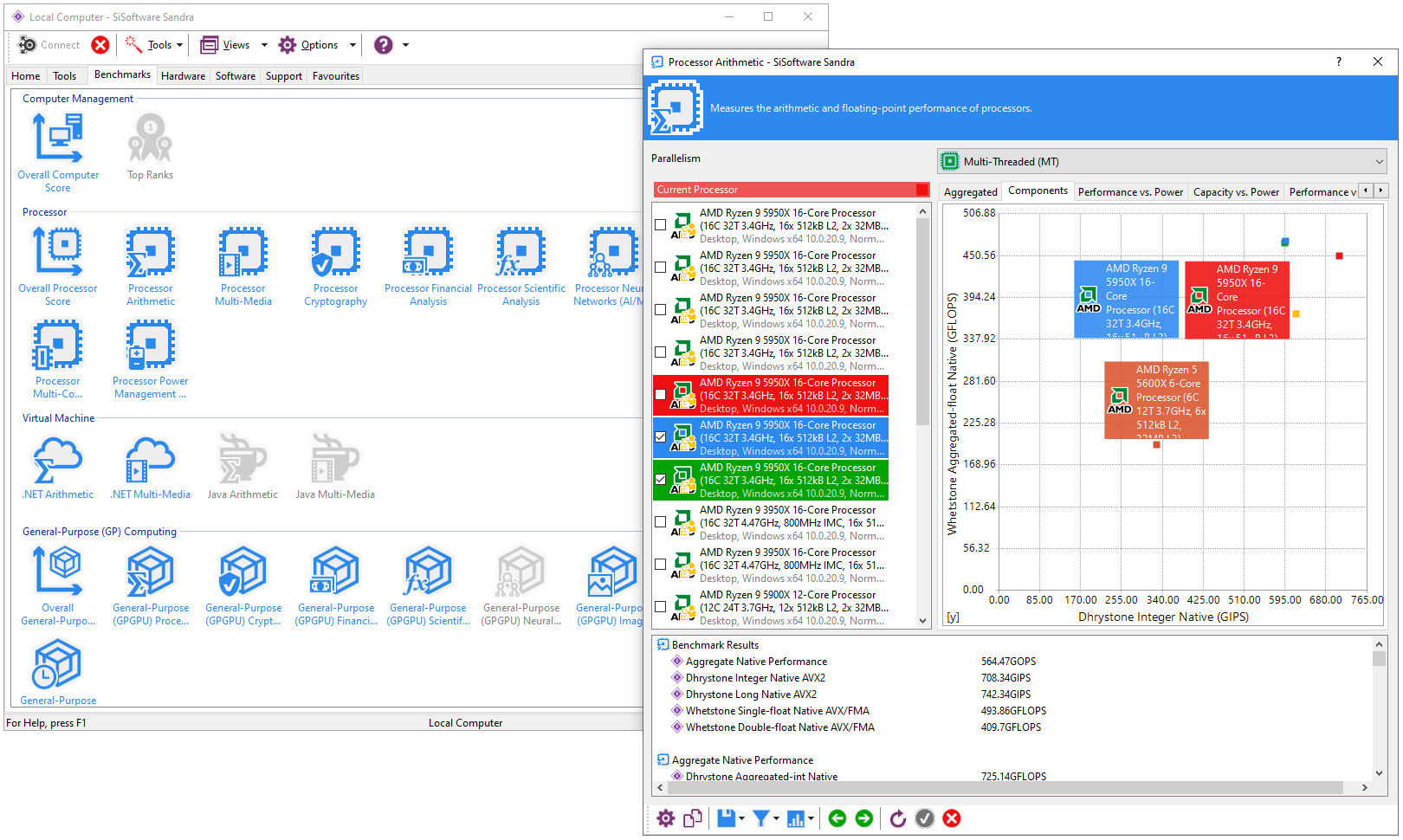- Qualcomm Launches Snapdragon 4 Gen 2 Mobile Platform
- AMD Launches Ryzen PRO 7000 Series Mobile & Desktop Platform
- Intel Launches Sleek Single-Slot Arc Pro A60 Workstation Graphics Card
- NVIDIA Announces Latest Ada Lovelace Additions: GeForce RTX 4060 Ti & RTX 4060
- Maxon Redshift With AMD Radeon GPU Rendering Support Now Available
Best CPU for Rendering & Video Encoding: Spring 2021
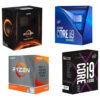
We’re taking a fresh look at workstation performance revolving (almost) entirely around the CPU. With many encoding and rendering tests in-hand, we’re exploring different performance angles with the help of our CPU collection which includes models ranging from six- to 64-cores. What matters more; core-count or clock speeds?
Page 2 – Test Methodology & Systems
Benchmarking a CPU may sound like a simple enough task, but in order to deliver accurate, repeatable results, strict guidelines need to be adhered to. This makes for rigorous, time-consuming testing, but we feel that the effort is worth it.
This page exists so that we can be open about how we test, and give those who care about testing procedures an opportunity to review our methodology before flaming us in the comments. Here, you can see a breakdown of all of our test machines, specifics about the tests themselves, and other general information that might be useful.
Let’s start with a look at the test platforms. For testing AMD’s Ryzen, we use ASRock’s X570 TAICHI motherboard, while for Threadripper, we use ASUS’ Zenith II Extreme Alpha. On the Intel side, Core chips are tested in ASUS’ ROG STRIX Z390-E GAMING, while Core X uses the ASUS ROG STRIX X299-E GAMING.
The same 64GB kit of Corsair DOMINATOR memory is used on each one of the test platforms. After XMP is applied, the DRAM speed is reduced from DDR4-3600 to DDR4-3200. All of the tested CPUs and their respective platforms should be able to run DDR4-3600 memory speeds without issue, but we’ve encountered enough time-wasting behavior in the past to simply stick to 3200.
Neither of the AMD motherboards we use for testing apply an automatic overclock to the CPUs, and for the sake of testing reference clocks, Precision Boost Overdrive is left disabled. On the Intel motherboards, ASUS’ MultiCore Enhancement acts as an automatic overclock, so after enabling XMP, we change the option to enforce reference clocks. Both PBO and MCE will deliver a decent improvement to performance at the expense of additional power draw and higher temperatures, but it’s worth considering if your PC’s cooling is up to the task.
We used the latest version of Windows 10 (20H2) for our testing, ensuring that the latest bits are pulled in by Windows Update. We also ensure that the platform-specific chipset driver is up-to-date, and in all cases, the settings that driver applies are left alone.
All of the tests in this article were run with the help of our automated test scripts which ensure the same settings and actions are applied each and every time. This generally means we don’t need to run a test too many times to generate an accurate and repeatable result, but generally speaking, most tests are run at least 3 times over.
Here’s the full breakdown of the test platforms:
Techgage’s CPU Testing Platforms
| AMD AM4 Test Platform | |
| Processors | AMD Ryzen 9 5950X (3.4GHz, 16C/32T) AMD Ryzen 9 5900X (3.7GHz, 12C/24T) AMD Ryzen 7 5800X (3.8GHz, 8C/16T) AMD Ryzen 5 5600X (3.7GHz, 6C/12T) |
| Motherboard | ASRock X570 TAICHI CPUs tested with BIOS P4.00 (Jan 19, 2021) |
| Memory | Corsair VENGEANCE (CMT64GX4M4Z3600C16) 16GB x4 Operates at DDR4-3200 16-18-18 (1.35V) |
| Graphics | NVIDIA RTX 3070 (8GB; GeForce 460.89) |
| Storage | WD Blue 3D NAND 1TB (SATA 6Gbps) |
| Power Supply | Corsair RM850X (850W) |
| Chassis | Fractal Design Define C |
| Cooling | Corsair Hydro H100i PRO RGB (240mm) |
| Et cetera | Windows 10 Pro (20H2, Build 19042) |
| AMD TRX40 Test Platform | |
| Processor | AMD Ryzen Threadripper 3990X (2.9GHz, 64C/128T) AMD Ryzen Threadripper 3970X (3.7GHz, 24C/48T) AMD Ryzen Threadripper 3960X (3.8GHz, 32C/64T) |
| Motherboard | ASUS Zenith II Extreme Alpha CPUs tested with BIOS 1303 (Nov 11, 2020) |
| Memory | Corsair VENGEANCE (CMT64GX4M4Z3600C16) 16GB x4 Operates at DDR4-3200 16-18-18 (1.35V) |
| Graphics | NVIDIA RTX 3070 (8GB; GeForce 460.89) |
| Storage | WD Blue 3D NAND 1TB (SATA 6Gbps) |
| Power Supply | Cooler Master Silent Pro Hybrid (1300W) |
| Chassis | NZXT H710i |
| Cooling | NZXT Kraken X63 (280mm) |
| Et cetera | Windows 10 Pro (20H2, Build 19042) |
| Intel LGA1151 Test Platform | |
| Processors | Intel Core i9-10900K (3.7GHz, 10C/20T) Intel Core i5-10600K (4.1GHz, 6C/12T) |
| Motherboard | ASUS ROG Maximus XII HERO Wi-Fi CPUs tested with BIOS 2004 (Jan 13, 2021) |
| Memory | Corsair VENGEANCE (CMT64GX4M4Z3600C16) 16GB x4 Operates at DDR4-3200 16-18-18 (1.35V) |
| Graphics | NVIDIA RTX 3070 (8GB; GeForce 460.89) |
| Storage | WD Blue 3D NAND 1TB (SATA 6Gbps) |
| Power Supply | EVGA Bronze 600B1 (600W) |
| Chassis | Corsair Crystal X570 RGB |
| Cooling | Corsair Hydro H115i PRO RGB (280mm) |
| Et cetera | Windows 10 Pro (20H2, Build 19042) |
| Intel LGA2011-3 Test Platform | |
| Processors | Intel Core i9-10980XE (3.0GHz, 18C/36T) |
| Motherboard | ASUS ROG STRIX X299-E GAMING CPU tested with BIOS 3301 (Nov 5, 2020) |
| Memory | Corsair VENGEANCE (CMT64GX4M4Z3600C16) 16GB x4 Operates at DDR4-3200 16-18-18 (1.35V) |
| Graphics | NVIDIA RTX 3070 (8GB; GeForce 460.89) |
| Storage | WD Blue 3D NAND 1TB (SATA 6Gbps) |
| Power Supply | Corsair Gold AX1200 (1200W) |
| Chassis | Corsair Carbide 600C |
| Cooling | NZXT Kraken X62 (280mm) |
| Et cetera | Windows 10 Pro (20H2, Build 19042) |
Testing Considerations
As covered earlier, we use an up-to-date Windows 10 (20H2) for our testing, as well as the latest chipset driver for each respective platform. In the pursuit of accurate, repeatable benchmarks, here are some basic guidelines we follow:
- Disruptive services are disabled; eg: Search, Cortana, User Account Control, Defender, etc.
- Overlays and / or other extras are not installed with the graphics driver.
- Vsync is disabled at the driver level (and in any tested game).
- Balanced power profile used for AMD and Intel (with screen timeouts disabled).
- OSes are never transplanted from one machine to another.
- We validate system configurations before kicking off any test run.
- Testing doesn’t begin until the PC is idle (keeps a steady minimum wattage).
- All tests are repeated until there is a high degree of confidence in the results.
- Benchmarks of modern workloads matter, so we always try to use up-to-date software.
- We do not use outdated data. Performance numbers seen in this article are completely current.
Encoding Tests
Go straight to test:
- Adobe Lightroom Classic
- Adobe Premiere Pro
- Agisoft Metashape
- Blackmagic RAW Speed Test
- HandBrake
- LameXP
- MAGIX Vegas Pro
Rendering Tests
Go straight to test:
- Autodesk Arnold (Maya)
- Blender
- Chaos Czech Corona Renderer (3ds Max)
- Chaos Group V-Ray (3ds Max)
- Chaos Group V-Ray Benchmark
- Luxion KeyShot
- LuxMark
- Maxon Cinebench
- Maxon Cinema 4D
- POV-Ray
Synthetic Tests
Go straight to test:
If you think there’s some information lacking on this page, or you simply want clarification on anything in particular, don’t hesitate to leave a comment.
Support our efforts! With ad revenue at an all-time low for written websites, we're relying more than ever on reader support to help us continue putting so much effort into this type of content. You can support us by becoming a Patron, or by using our Amazon shopping affiliate links listed through our articles. Thanks for your support!




